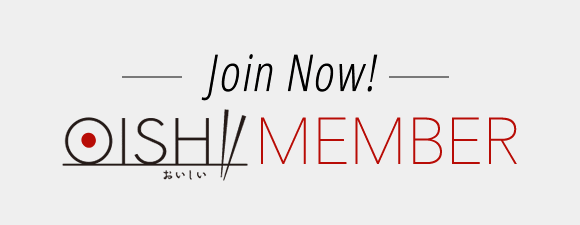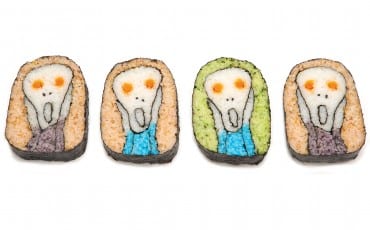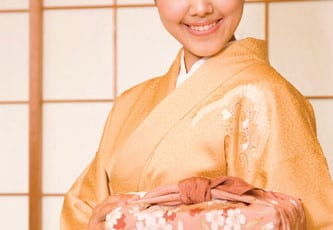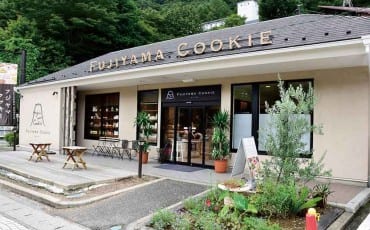- OISHII
- OISHII Wiki
- Tools
- Suribachi & Surikogi
OISHII Wiki
Tools
Suribachi & Surikogi
Despite the advent of technology, the mortar and pestle — also known as suribachi and surikogi — remain must-have tools in most Japanese kitchens.
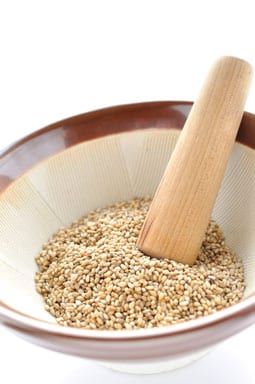
There are many versions of the suribachi and the surikogi — more commonly known in English as the mortar and pestle — throughout Asian cultures. These tools have its origins in Southern China, and was introduced to Japan some time around the 11th century.
While they were first used only for preparing medicine and grinding flour, they remain indispensable food preparation tools in many Japanese kitchens today.
What makes the Japanese version of the mortar and pestle so unique, however, is that the inside of the suribachi is unglazed and grooved. The grooves are known as “kushi no me”, so called after the comb-like device that’s used on wet clay to create the uneven surface. The textured surface — usually found in circular or daisy-wheel patterns — help the user more efficiently grind or mash their food, typically sesame seeds, miso, or soft vegetables like cooked potatoes, more efficiently.
The main difference between the Chinese mortar and pestle, and the suribachi and surikogi is that the former are made with marble and granite. The Japanese mortar, however, is made using ceramic, and the surikogi is made with wood. The reason why the Japanese pestle is made from wood is to prevent excessive wear and tear on the suribachi. Traditionally, wood from the sansho tree is favoured to make the surikogi as it imparts a slight flavour to food.
While food processors are increasingly common these days, many Japanese still prefer the old-school method of grinding their sesame seeds or peanuts with the suribachi and surikogi. That’s because the more traditional method brings out the oils of these foods, enhancing their fragrance.
These tools come in different sizes. However, if you’re on the lookout for one, it’s better to go with one in the larger size to make the process of grinding food a lot easier and to prevent spillage.
More than just being used to grind peanuts and sesame seeds, however, the humble suribachi and surikogi have been credited with the development of a number of dishes, including gomaae (vegetables flavoured with a sauce made from ground sesame), tsumire (fish paste balls) and miso dengaku (konnyaku with a paste of ground miso, mirin and sake). So now you know!

